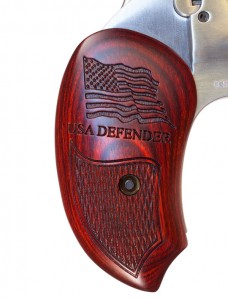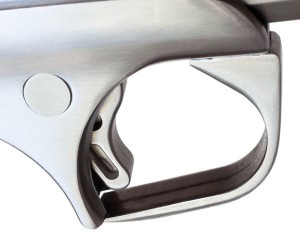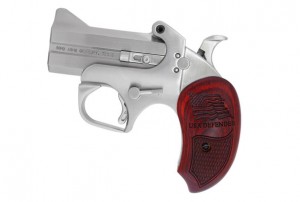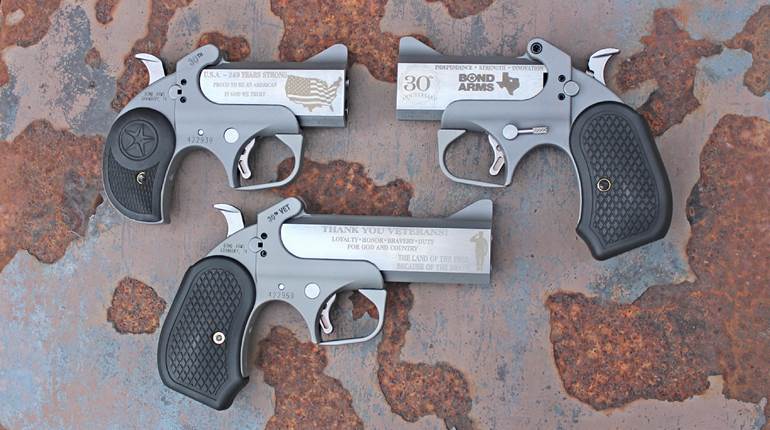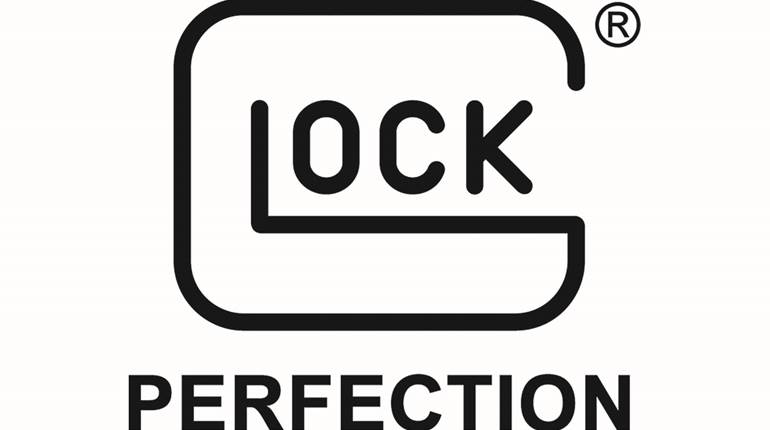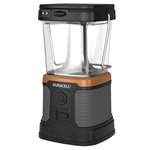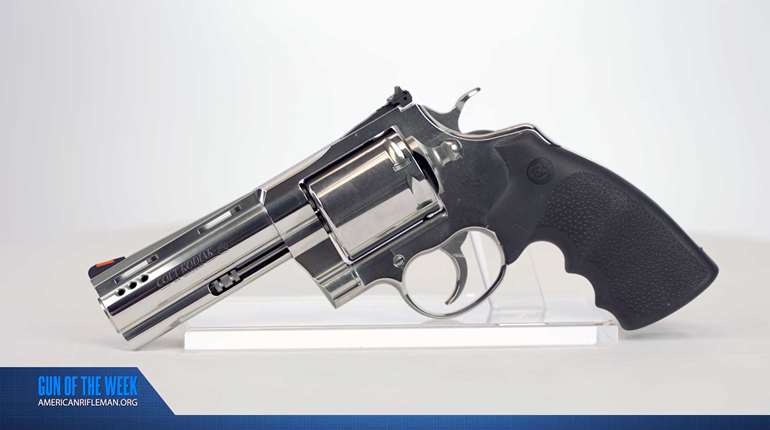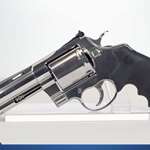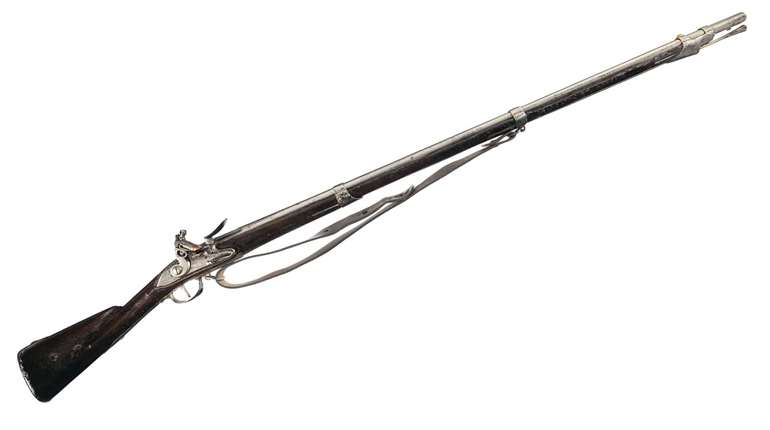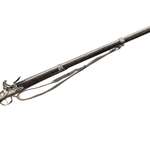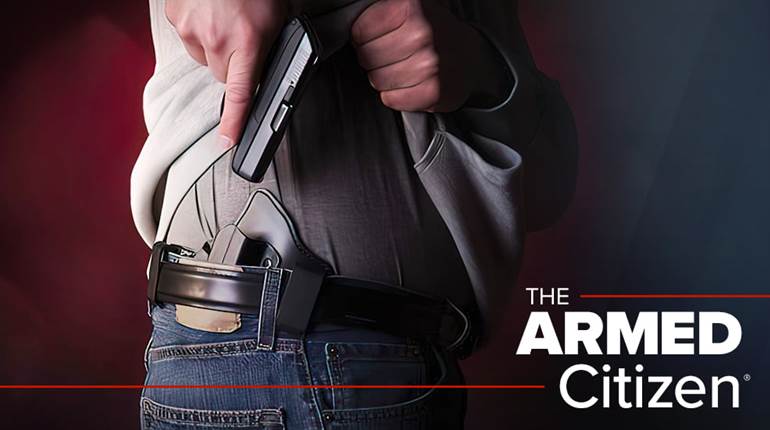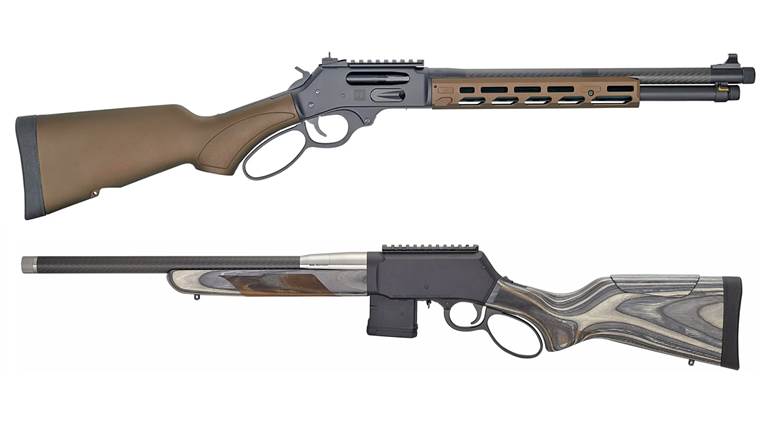
The fact that a Bond Arms derringer has claimed a Single Action Shooting Society championship 15 different times wasn't enough to convince me the small guns were a viable self-defense option. The sights are rudimentary at best-fixed blade up front and an equally immovable .11-inch-wide-notch at the rear.
Although my back would appreciate a move to a small, 5-inch-long handgun that's only 1.41 inches wide, I also theorized recoil would be unmanageable, rendering the two-shooter more of a onesie-and-pray. I was wrong. It weighs 19 ounces, so the USA Defender-chambered for either .45 Colt or .410 shotshells-rises noticeably, but the heft slips it back on target faster than I thought.
Oh, the recoil is there, but the grips are slightly wider than many of the company's derringers, so there's plenty of purchase. The rosewood furniture is also nice enough that it's a shame to hide the gun in the BAD Holster (a leather crossdraw produced by a small company in Texas).
The first time I handled one of the Bond Arms derringers was during a writer's seminar in Florida a month ago. I was busy taking photos and notes, so I didn't get to shoot it-although now that my check has cleared, I've had plenty of trigger time. It's not something you take to the range to churn through a brick of ammo, but it's a lot more comfortable than a visit to the proctologist.
Here are some key features that make this modern take on a classic viable for today's carry. Its frame and barrel are stainless steel, not pot metal or aluminum. Bond Arms builds this thing like a tank, using modern manufacturing processes, not the turn-of-the-19thcentury, cut-every-corner methodology that earned most derringers a bad reputation. Don't take my word for it, here's a look inside the factory.
The Apollo moon missions had fewer safety systems. Bond Arms derringers have a cross-bolt safety, each shot requires a pull of the hammer, firing pins retract, and it has a rebounding and locking hammer.
The USA Defender comes with 3-inch barrels (2.5-inch chambers). To reload, a .55-inch lever is depressed and the front of the barrel rotates up, allowing you to load. The extractors pushed brass and shotshells out nicely during my range sessions.
That rotating design allows an unusual feature on the derringer. Removing a single bolt under the rear sight (using a 1/8-inch Allen wrench), owners can replace the barrels quickly and easily. Purchase one (or more) of the 20 different barrels, in 25 chamberings, in lengths that vary from 2.5 inches to 4.25 inches, and you can slap another on before you head to the range. In Florida, Gordon Bond was doing it in seconds on the firing line. That's pretty neat stuff in a shorty like this. The list of chamberings and barrels is long, so I'll let the company do the talking. Did I mention interchangeable grips?
California frowns on that barrel/chambering versatility, unfortunately. However, the company has just rolled out a new version, and those who live in the Golden State may be interested in this new model.
Trigger let-off weight was 4 pounds, which is a pleasant surprise. During range sessions in Florida, I had trouble getting the hammer to drop on the company's new Backup. I ride all my handguns really high, and once Bond spotted that he handed me the USA Defender, claiming its slightly wider furniture would help move my trigger-finger placement down. Problem solved, although it emphasizes just how exaggerated geometry can become on a gun this small.
As for the sights, this handgun's mission isn't to win matches or ring steel at 25 yards. Its role is that of a bad-breath-close defensive firearm, so stout and solidly anchored sights aren't much of a concern.
How applicable is a derringer for today's self-defense? If you've ever thought about leaving your carry gun behind because it was "just a short trip," the answer's simple: With the USA Defender, I haven't felt that way yet. And, we all know the first rule of winning a gunfight is to have a gun.
